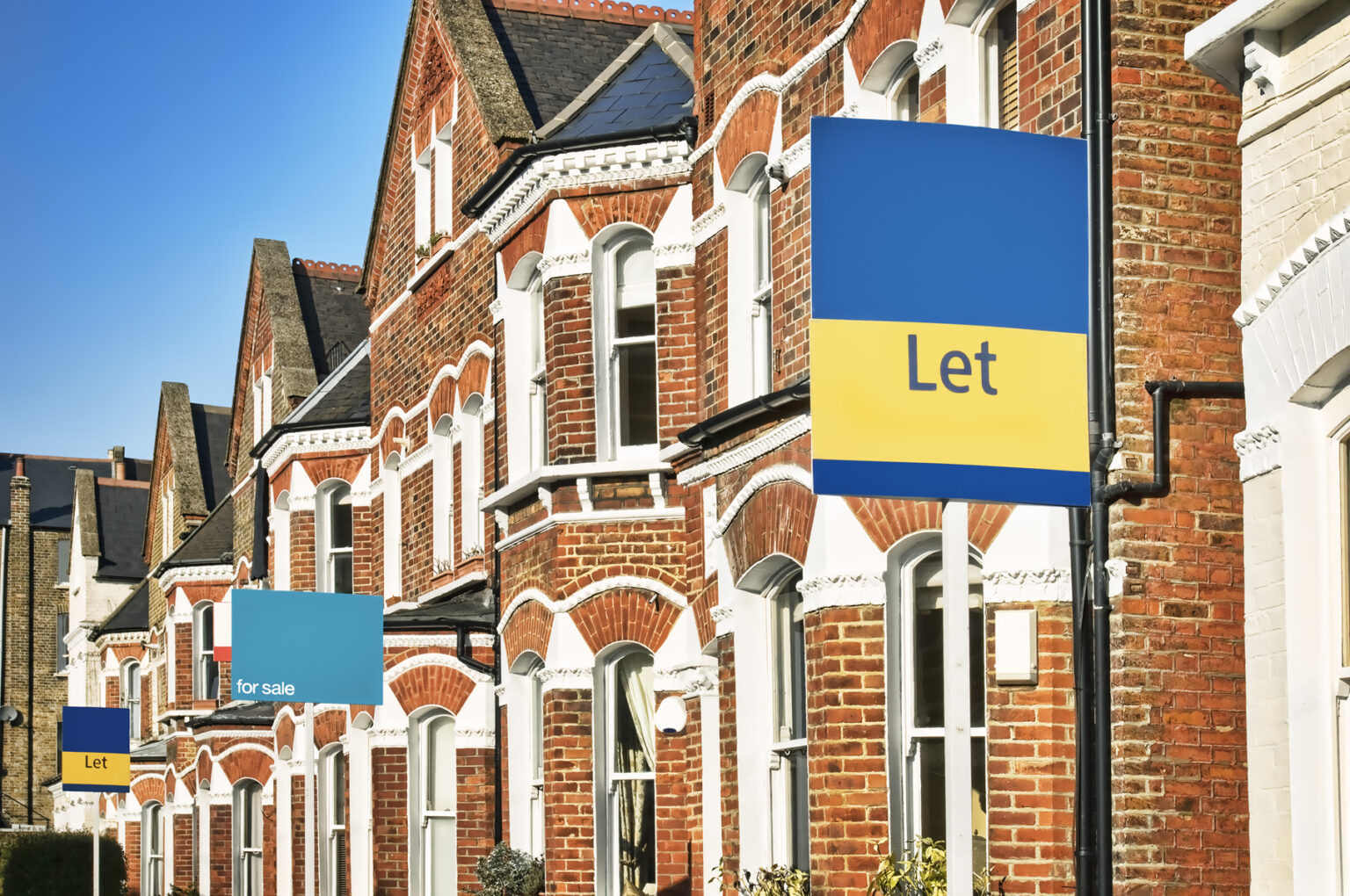Rental property remains in short supply in many areas compared with the number of tenants seeking homes, pushing up prices in the sector.
In the UK, around a fifth of all households live in privately rented accommodation, making it a crucial segment of the country’s housing market – home to around 4.6 million households. Yet the number of tenants seeking homes continues to outpace the number of landlords offering them.
As a result, the market has seen some huge accelerations in rental price growth over recent years, which has also been exacerbated by some landlords passing on increased costs to their tenants, such as higher mortgage rates since 2022.
The latest data from Goodlord revealed that the average rental property in England now costs £1,417 per month, which is £70 (5.3%) a month more than this time last year. However, it also notes that over recent months, its index has regularly reported annual rent rises of 7% or higher, showing some modest softening in the figures.
Monthly prices holding steady in September
Goodlord’s monthly rental comparisons showed a similar picture, and again indicated that little has changed in terms of the shortage of rental property in many places. This is creating competition among tenants, which leads to prices inflating over time.
Like last September, month-on-month prices for rental property saw a downtick of 1.5%, or £21, which seems to be a seasonal normality for the market. The summer months are often a frenetic time in the rental market, before activity tapers off in the lead up to Christmas. This can be quite different from what is seen in the sales market.
Interestingly, the biggest monthly rental rise was in Greater London, where the price of the average rental property lifted by 7.7% between August and September. This brings the average cost of a home in the capital to £2,376, up from £2,206 last month.
The West Midlands and the East Midlands also saw a small shift upwards in their prices, of 1.4% and 0.12% respectively, while all other English regions experienced a decrease in rents. This biggest monthly fall was in the North East, with a drop of -10.9% from August to September.
How affordable is rental property?
Although there have been improvements in inflation levels over the past year, many households are still feeling the pinch, and accommodation costs tend to be one of the biggest expenses.
Of course, thousands of homeowners are now facing much higher monthly outgoings due to their mortgage rates increasing, and the same applies to mortgaged buy-to-let landlords. For tenants, as rents have continued to climb over recent years, a large portion of take-home pay often goes on rent.
In Goodlord’s index, it notes that, while the average salaries of renters signing tenancies fell by 3.6% between July and August, it saw a revival in September with an increase of almost 2%. Average earnings for tenants are now £37,350, according to the research.
On an annual basis, the average salary for tenants signing a new rental property has increased by 5.55%, which is actually higher than the average annual rise in rents of 5.3%.
“Not as intense”
William Reeve, CEO of Goodlord, commented: “Rents are behaving fairly normally for this time of year – slightly down compared to August, as is often the case, but still very high. However, when you read between the lines, there are some signs that prices and affordability could be softening.
“Year-on-year figures for rent rises aren’t quite as intense as we’ve seen in recent months, and it was better news for tenants around average salaries. It’s too soon to tell but this could be a sign that the rental cost ‘bull run’ is starting to taper off ahead of the winter.”
If you’re looking to invest in a lucrative rental property, get in touch with BuyAssociation today, or browse a selection of our current property investment opportunities.










